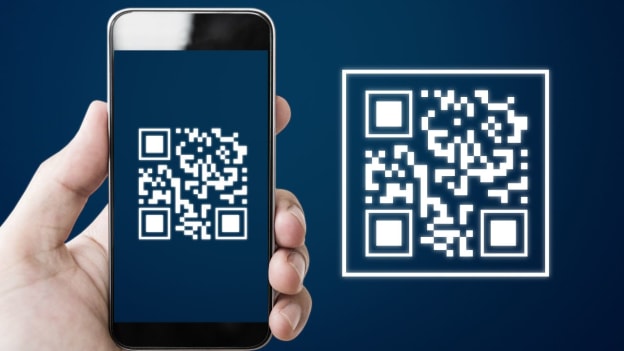Malaysia to trial QR code system for workers crossing Singapore border

Workers who travel from Malaysia to Singapore on factory buses will likely have faster trips soon. Starting in June, a new test program will let them use QR codes to quickly go through immigration checks at the two border points in Johor.
An estimated 500 factory buses cross the border each day.
The initiative led by Malaysia’s Ministry of Home Affairs follows efforts by the Singapore Immigration and Checkpoints Authority (ICA) to streamline immigration checks on their end.
Launched on March 19, Singapore's version of the QR code system has reportedly reduced the time that car drivers and passengers spend at the border as part of the entry process.
Encouraged by this success, Malaysia is now adopting a similar approach to enhance the commuting experience for its own citizens crossing into Singapore, particularly factory workers who travel in groups.
Mohamad Fazli Mohamad Salleh, chairman of Johor’s Works, Transportation and Infrastructure committee, said Malaysian citizens who go to Singapore on these buses will use QR codes at the Bangunan Sultan Iskandar and Kompleks Sultan Abu Bakar. These are the immigration centers connected to the Johor-Singapore Causeway and Tuas Second Link.
Malaysia's Ministry of Home Affairs and the Immigration Department will announce further details to the program but did not specify when.
The upcoming immigration clearing process
At the checkpoints, immigration officers equipped with handheld scanners will step aboard the factory buses. Each traveler will present a QR code, generated by an app on their mobile phones, which the officers will promptly scan. This streamlined process ensures a swift and efficient verification of each individual's travel credentials.
Once the test program kicks off, workers will no longer be asked to alight their bus and line up to clear immigration as is currently practiced.
But while Singapore and Malaysia are switching to QR code usage, Malaysian commuters will still be required to show their passports to immigration officials since the countries’ scanning systems operate on different systems.
Passport-free clearance
The trial phase is part of a wider plan to implement passport-free clearance in the Johor-Singapore Special Economic Zone, which was proposed under a joint agreement signed in January.
The countries’ plan to streamline border crossing is expected to alleviate traffic congestion at the checkpoints, easing travel for hundreds of thousands of commuters.
Immigration checks take up to two hours on average, with wait times extending during holidays. However, the introduction of QR code scanning since March has reportedly cut down wait times to about half an hour.
Apart from the testing of a QR code system, in preparation for a passport-free entrance into and exit from the two countries, a 4-kilometer fast train system is set to be built and made operational at the Causeway by the end of 2026.














